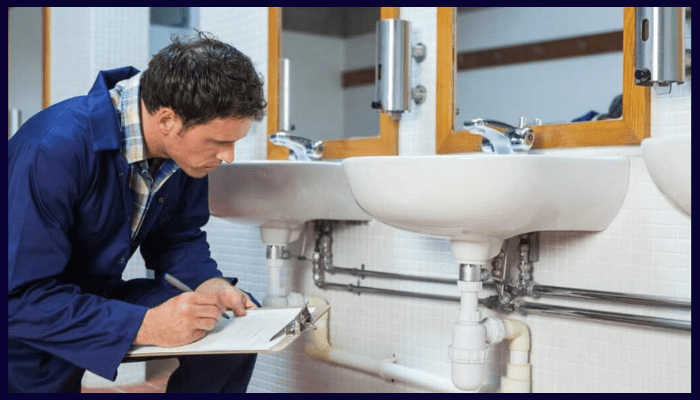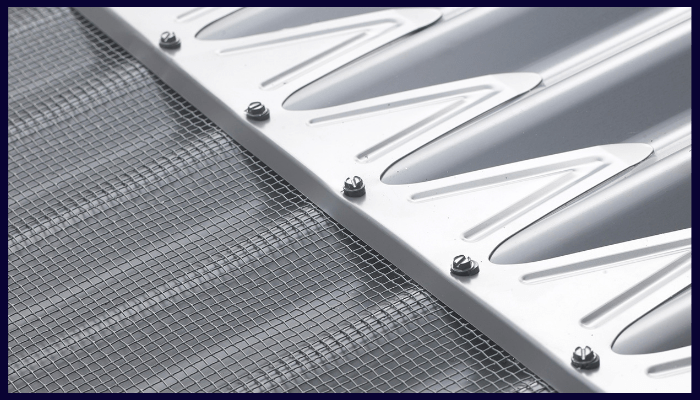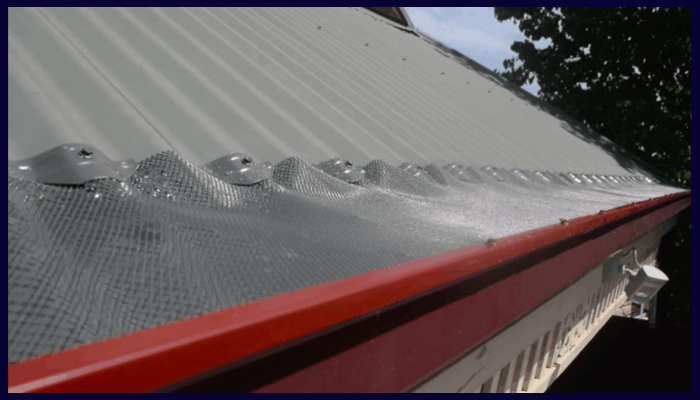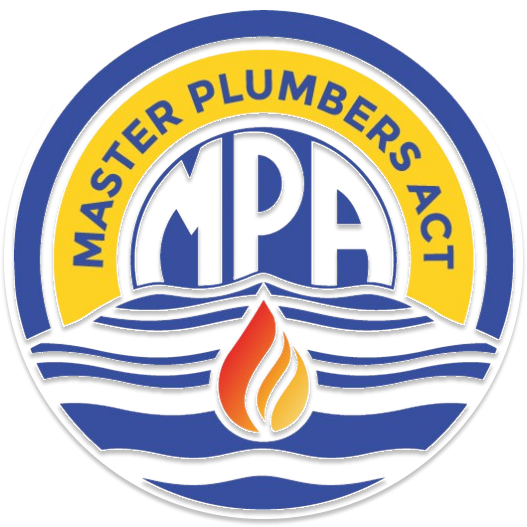Do Low Flow Fixtures Cause More Blocked Drains?
Table of Contents:
- Low-Flow Plumbing: Are They Behind Canberra’s Blocked Drains?
- How Low Flow Fixtures Interact with Drainage Systems
- Common Causes of Blocked Drains in Canberra Homes
- Plumbing Expert Insights on Low Flow Fixtures
- Engineering Insights and Local Case Evidence
- Preventing Drain Blockages with Low Flow Fixtures
- When to Call a Canberra Plumber
- Conclusion
- Frequently Asked Questions
In Canberra, water conservation has become a big focus for homeowners, but many wonder: do low-flow fixtures cause
blocked drains in Canberra
homes?
Low flow fixtures like taps, showers and toilet cisterns are popular. These WELS rated fixtures cut water usage while keeping performance solid.
They help residents save money on bills and protect precious water resources. But there's a question that keeps coming up: do low flow fixtures cause blocked drains in Canberra homes?
Slow drains often lead homeowners to try different solutions. Knowing how
plunger vs chemical cleaners vs hydro jet
methods compare helps you choose the right fix.
This article digs into the truth behind the claim. Insights from plumbing experts, engineering findings, and practical advice to keep your plumbing system flowing freely.
Low-Flow Plumbing: Are They Behind Canberra’s Blocked Drains?
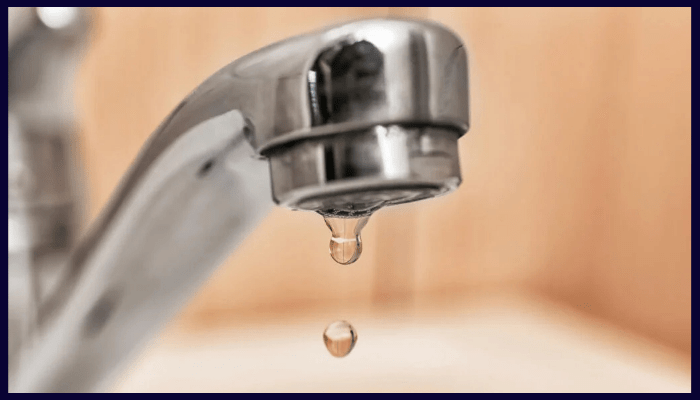
Low flow fixtures are designed to cut the amount of water used per flush or per minute while still doing the job properly.
WELS ratings give homeowners clear guidelines on water efficiency.
A modern dual flush toilet might use only 4.5 litres for a full flush or 3 litres for a half flush. Compare that to older toilets that could use 11 litres or more.
Same goes for water efficient taps and showerheads. They regulate water flow while keeping comfortable pressure.
The reduction in water usage has raised questions about its impact on drainage systems. Since less water flows through pipes, some homeowners reckon it might not be enough to push waste through the sewer line.
That could cause blocked drains or slow drainage, right?
How Low Flow Fixtures Interact with Drainage Systems
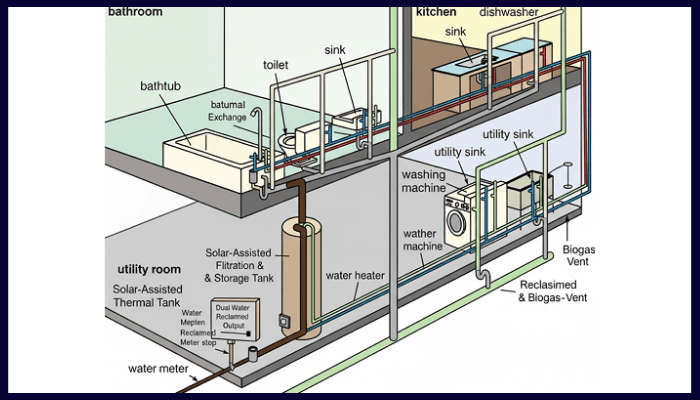
Understanding the plumbing system matters here. Drainage depends on pipe diameter, slope, venting and water flow.
When water moves through pipes at a slower rate, there's less self cleansing velocity to carry solids away. Lab studies have shown that very low flush volumes can sometimes leave waste partially in the trap.
That could lead to minor clogs or stubborn blockages.
But most plumbing experts reckon these issues are rarely caused by low flow fixtures alone. Well-installed and cared-for drains in
Canberra homes meeting AS/NZS 3500.2, can manage lower flow effectively.
In older homes, problems often arise from inadequate pipe slopes or blocked venting. They usually don't come from the fixtures themselves.
Common Causes of Blocked Drains in Canberra Homes
While low flow fixtures cop the blame, Canberra plumbers report that most drain blockages come from other causes.
Tree roots can infiltrate sewer pipes, especially in older properties.
They create partial or complete blockages. Soap scum, food waste, coffee grounds and cooking oil pile up in kitchen sinks and shower drains, restricting flow over time.
Foreign objects like sanitary products and wipes don't help either. Mineral build up in hard water areas can slow drainage or lead to stubborn blockages.
Pipe damage, like cracked or collapsed PVC pipes, causes slow drainage and bad smells. These issues are way more common than blockages caused by modern low flow taps or toilets.
Plumbing Expert Insights on Low Flow Fixtures
Local Canberra plumbers reckon low flow fixtures aren't the problem. Licensed plumbers often point out that a combination of factors are to blame.
Dodgy installation, old pipework and foreign objects down the drain are often the culprits.
Early generation low flow toilets or showers might have had reduced jet pressure compared to modern units.
This might sometimes leave waste not fully flushed, especially in homes with old plumbing. But new WELS rated fixtures are designed with optimised water flow and flushing mechanisms to prevent these problems.
Plumbers suggest checking traps, vents, and drainage slopes. This ensures the system works well with low water volumes.
Engineering Insights and Local Case Evidence
Studies in Australia and internationally show the effects of low flow fixtures on drainage. Experiments with low flush toilets found that too little water can lead to temporary blockages.
But performance improved heaps with slightly higher flushes or upgraded pipe systems.
In Canberra, Icon Water says that sewer problems mainly come from non-compliant waste and tree roots. They are not due to water-saving fixtures.
The ACT's plumbing codes and WELS standards help modern low-flow toilets, taps, and showers drain well when installed properly.
Older homes with narrow PVC pipes or damaged sewer lines may need plumbing upgrades. These upgrades help manage reduced water flows more efficiently.
Preventing Drain Blockages with Low Flow Fixtures
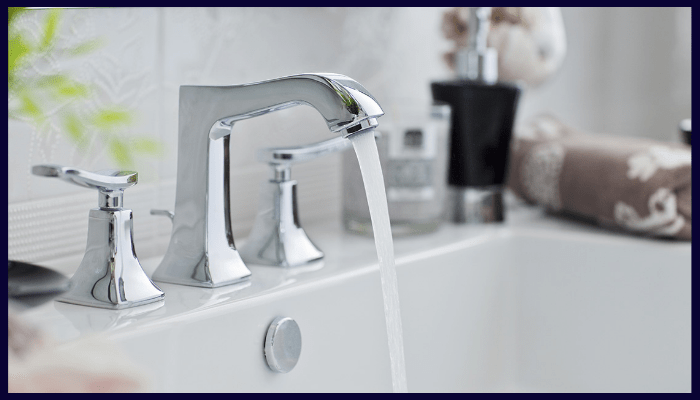
After understanding the
common causes of blocked drains, homeowners can do a few things to keep their plumbing system healthy.
They can also benefit from water-efficient fixtures. Proper installation with correct pipe slope and venting is critical.
Don't flush sanitary products or other non biodegradable items. Dispose of grease, coffee grounds and other food debris in the bin rather than down the sink.
Installing drain strainers in kitchen sinks and shower drains helps catch hair and debris. This reduces the chances of clogs.
Regular maintenance, such as drain cleaning and checking for hidden leaks, helps avoid slow drainage.
When it comes to
DIY vs professional blocked drain repairs, small fixes like cleaning strainers can be handled at home, while pipe relining or repairs are best left to licensed plumbers.
In older systems, pipe relining or trenchless repair methods can help
fix blocked drains without digging, keeping your plumbing system efficient and intact.
Avoid chemical drain cleaners completely or use them sparingly. They can cause further damage to pipes and create health risks.
When to Call a Canberra Plumber
Despite your best efforts, keep an eye out for early
signs of blocked drains before they overflow.
If your sink drains slowly, makes gurgling sounds, has water pooling, or smells bad, it's time to call a licensed plumber.
Emergency plumbers in Canberra are ready to fix serious blockages.
The
average cost to fix blocked drains depends on the severity and location of the issue, but professional help prevents further damage and keeps your plumbing system working well.
A professional plumber is your best bet for spotting hidden leaks. They can also check water pressure and set up preventive measures to avoid future blockages.
Conclusion
Do low flow fixtures cause blocked drains in Canberra homes? Properly installed and well-maintained, modern water-efficient fixtures don't clog drains.
The main culprits behind blockages are usually tree roots, pipe damage, soap scum, food debris and foreign objects.
Know your drainage system. Follow preventive steps and consult licensed plumbers when needed. This way, you can enjoy water-saving taps, showers, and toilet cisterns without harming your plumbing.
Canberra homeowners can save money, conserve water and keep a healthy, efficient plumbing system.
Frequently Asked Questions
Do low flow fixtures affect water pressure in drains?
Modern low-flow fixtures keep good pressure, so water drains well. This is true unless the plumbing system is old or damaged.
Can tree roots cause blocked drains in homes with low flow fixtures?
Yes, tree roots are a common cause of drain blockages in Canberra homes and have nothing to do with the flow of taps or toilets.
How often should I clean drains to prevent blockages?
Regular drain cleaning every 6 to 12 months helps prevent stubborn blockages and cuts the risk of unpleasant odours or slow drainage.
Are chemical drain cleaners safe for low flow systems?
Chemical drain cleaners can damage pipes over time. You should avoid them. Using baking soda, hot water or professional drain cleaning works better.
What should I do if my kitchen sink or shower drains slowly?
Check for soap scum, food debris or hair build up, and use drain strainers. Persistent slow drainage probably needs a professional plumber.
Can low flow toilets handle flushing sanitary products?
No plumbing system should flush sanitary products, wipes or foreign objects. Doing that increases the risk of severe blockages and pipe damage.
Do washing machines affect drain blockages in low flow homes?
Improperly installed or draining washing machines can cause slow drainage or small clogs. This happens when water flow is restricted.
How do I prevent future blockages in older homes?
Regular maintenance, pipe relining, and monitoring water flow can save money. Also, avoid foreign objects in drains to keep plumbing running smoothly, and remember to ask whether do low-flow fixtures cause blocked drains in Canberra homes.
Other Resources:
Statistics on stormwater drain blockages Canberra
Canberra vs Other Australian Cities: Who Has the Worst Blocked Drains?
10 Plumbing Myths About Blocked Drains That Canberra Residents Still Believe

